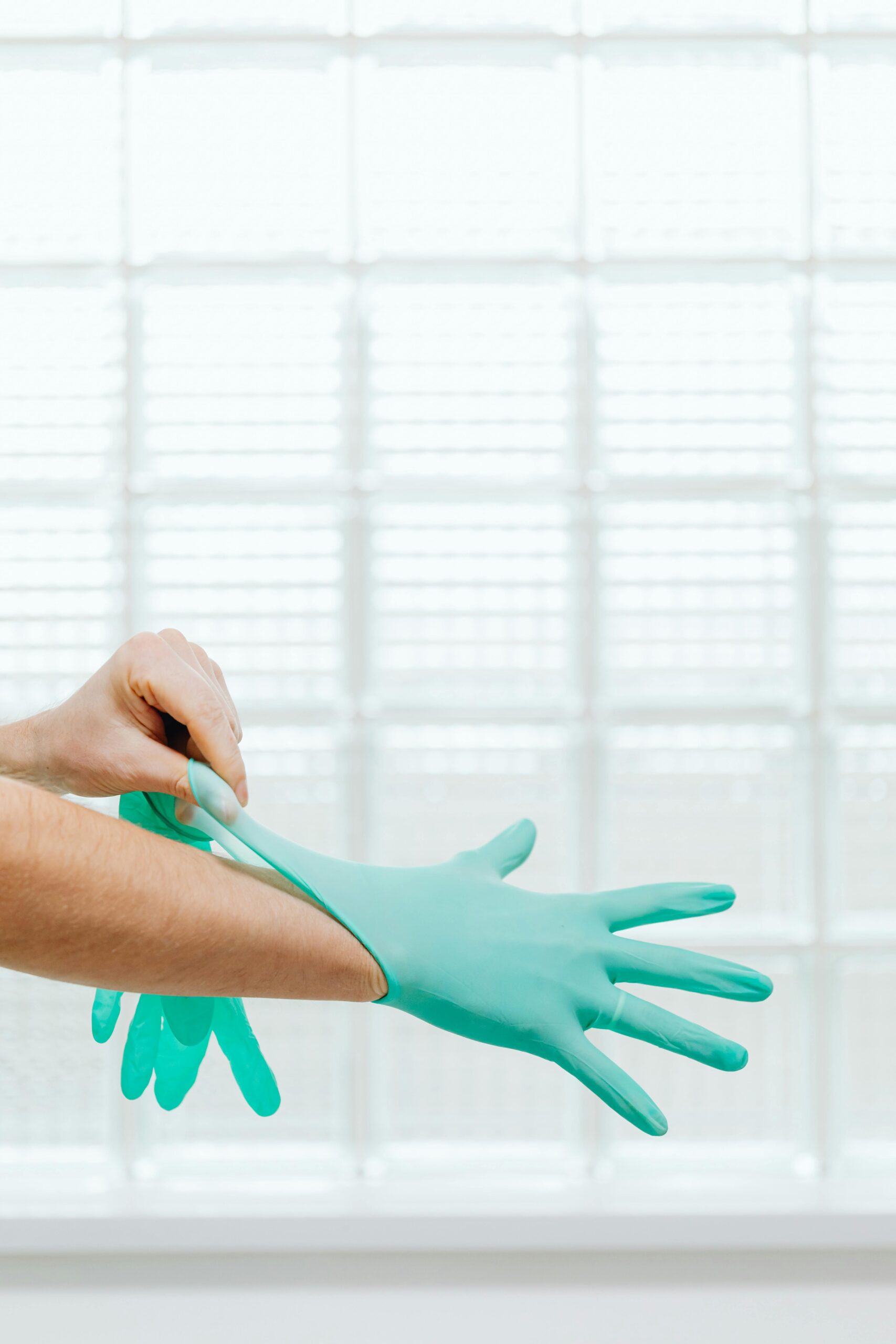How to Prepare for a Hospital Stay: A Complete Guide
Preparing for a hospital stay can feel overwhelming, whether it’s planned or sudden. Knowing how to prepare for a hospital stay can make all the difference in reducing stress, enhancing recovery, and ensuring a smooth experience. This comprehensive guide walks you through every step, from essentials to advanced preparation, so you can approach your stay with clarity and confidence.

Understanding the Fundamentals
At its core, preparing for a hospital stay means equipping yourself mentally, physically, and logistically for the time ahead. Hospital admissions have evolved significantly with more emphasis on patient involvement, education, and personalized care. This section outlines the key principles that form the foundation of successful preparation.
Understanding these basics ensures you’re not caught off guard and that you can advocate for your health confidently. Think of it as packing for an extended trip — the better the prep, the smoother the journey.
1.1 Mental and Emotional Readiness
Mental preparation includes reducing anxiety, understanding procedures, and setting realistic expectations. For example, studies show that patients who receive thorough pre-admission counseling report higher satisfaction rates and smoother recoveries.
Common misconceptions, such as thinking hospitals are always chaotic or impersonal, can be alleviated by understanding your care team’s structure and your role in the process.
1.2 Physical and Logistical Planning
This principle involves ensuring your body and your life at home are ready for your absence. It includes arranging transportation, managing medications, and handling responsibilities like childcare or pets.
Patients who prepare their home for post-discharge recovery — such as arranging mobility aids or meal prep — often report fewer complications and faster recovery times.
Practical Implementation Guide
With foundational knowledge in place, it’s time to dive into how to prepare for a hospital stay in actionable terms. This section helps translate knowledge into tangible steps, so nothing is left to chance.

2.1 Actionable Steps
- Confirm Details: Ensure you know your check-in time, location, doctor’s name, and length of stay.
- Pack Essentials: Bring identification, insurance documents, a list of medications, toiletries, loose clothing, and comfort items like a pillow or headphones.
- Prepare Your Home: Clean your space, arrange for mail pickup, care for pets, and stock your fridge with post-discharge meals.
2.2 Overcoming Challenges
Common obstacles include forgetting key documents, underestimating recovery needs, or being overwhelmed by medical terminology. Solutions include:
- Use a checklist to avoid forgetting essentials.
- Assign a family member or friend as your health advocate.
- Request written instructions from staff when confused.
Expert tip: Create a folder with all critical information, including emergency contacts, allergy details, and your healthcare proxy.
Advanced Applications
Once you’ve mastered the basics, you can enhance your experience by taking proactive steps toward personalized care. Knowing how to prepare for a hospital stay at an advanced level often involves collaboration, self-advocacy, and leveraging technology.

3.1 Digital Health Tools and Portals
Many hospitals now offer online portals to access your medical records, communicate with doctors, and receive post-care instructions. Utilizing these tools can streamline communication and minimize misunderstandings.
For instance, patients who engage with digital platforms report better adherence to treatment plans and fewer readmissions.
3.2 Personalized Health Planning
Advanced preparation includes discussing care preferences, such as pain management plans or religious considerations. You can also create a recovery roadmap with your physician to anticipate milestones.
This approach improves outcomes by aligning care with personal values and minimizing surprises.
Future Outlook
As healthcare evolves, preparing for a hospital stay is becoming more tech-enabled and patient-centric. From AI-driven pre-op assessments to remote monitoring, the future promises increased personalization and convenience.
Over the next 3–5 years, we’ll likely see broader adoption of virtual pre-admission appointments and wearable devices that communicate with care teams. Staying informed and adaptable will ensure you’re ready for these advancements.
Conclusion
In summary, the three key takeaways are: start early, stay informed, and personalize your plan. Learning how to prepare for a hospital stay empowers you to take control of your experience and support your recovery.
Begin by creating your personalized checklist today. Talk with your healthcare provider, inform your loved ones, and take the first step toward a well-prepared, confident hospital visit.
Frequently Asked Questions
- Q: What should I bring to the hospital? Bring ID, insurance card, medication list, personal items, and comfort items like books or music.
- Q: How do I start preparing? Begin by confirming your admission details and creating a checklist of essentials and responsibilities.
- Q: How long should I prepare in advance? Ideally, begin preparation at least one week before, depending on your condition and procedures.
- Q: Is preparing expensive? Most preparation steps are low-cost. However, post-care support or mobility aids may add to expenses depending on needs.
- Q: How does preparing compare to going in unprepared? Prepared patients report smoother stays, fewer complications, and faster recoveries versus unprepared counterparts.
- Q: Is it hard to understand hospital instructions? Not if you ask for written summaries, clarification, or help from a care advocate or nurse educator.
- Q: Are there different prep steps for specific procedures? Yes. For surgeries, for example, fasting, medication adjustments, and specific hygiene protocols are required.
